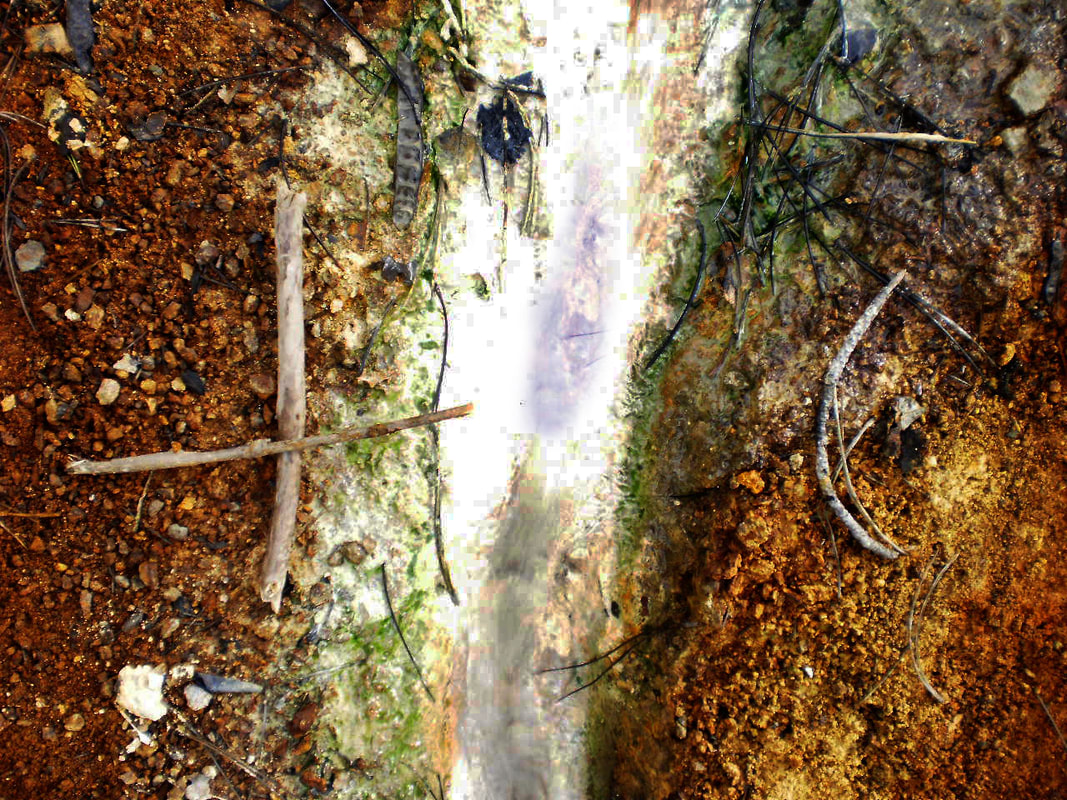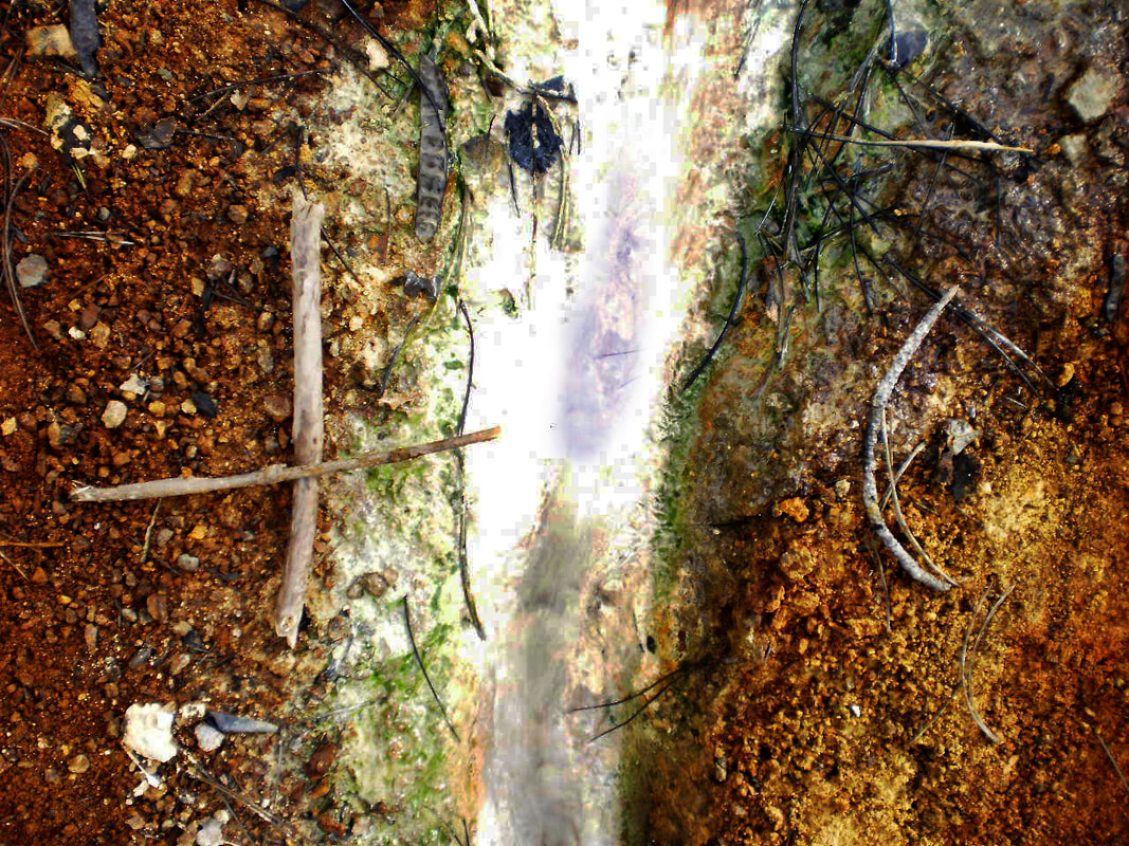They say if you go to Srebrenica you lose your heart to the town and its people.
I would say you find it there.
For many years in the 80’s and early 90’s I worked in London as a volunteer and fundraiser for Helen Bamber, human rights activist and founder of the Medical Foundation for the Care of Victims of Torture. I was only ever on the edge of the work they did with people whose damage and suffering through torture was almost beyond imagination. My mind found it really hard to accept what humans can do to each other, willingly.
Helen’s words of wisdom were vital when I was first invited to Srebrenica in 2008.
Lock up your heart, be useful, it wasn’t your tragedy.
At that time this wasn’t a place I would have visited without an invitation. I had read about the genocide tourists, those who photograph the bullet holes, those who came to try and help others for their own emotional needs and endlessly weep for themselves and the international organisations who came, imposed ideas without consulting local people as to what was needed, made money and left.

“One thing is consistency. I mean consistency of people who come to post-conflict communities to work. People survived violence, refugee camps, corruption and lies. Years of lies. The reason why people trust you and the small number of others, is that you come back. You always come back. That is the only way to make a change. To stay there, or to keep coming back. Otherwise, we are just talking about people and projects that are offending people who live in these communities. You, as a person, as an organization need to show that you care.”
Written by a young director of the then Youth Centre in Srebrenica for a talk given in Brussels in 2014. The Youth Centre is no longer active.
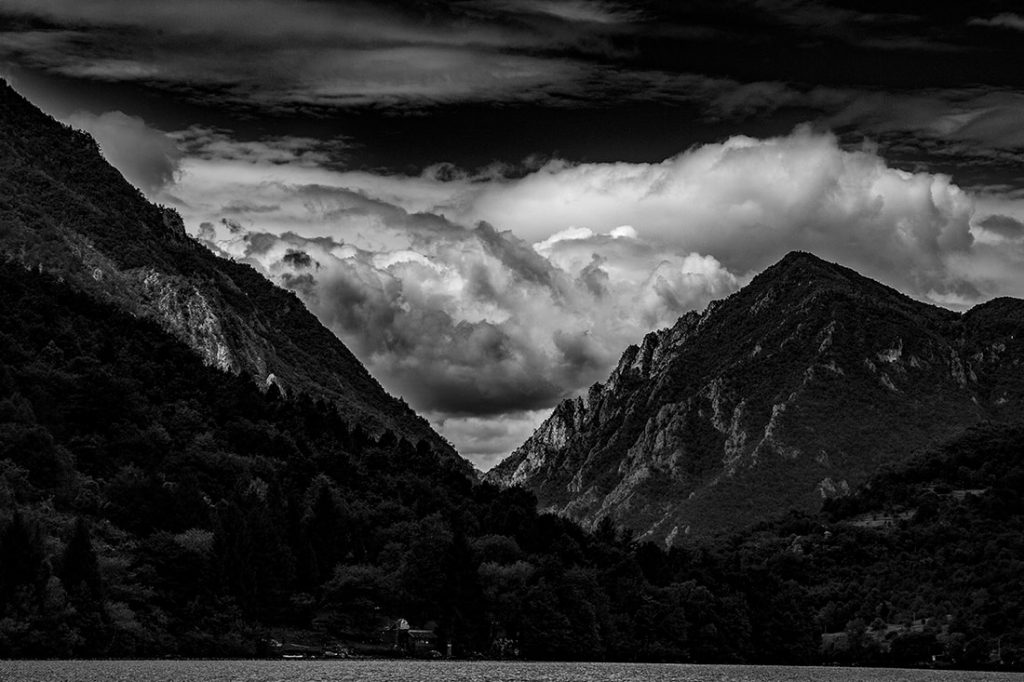
Mountains around the River Drina – Photo: Robert Golden
The town now is a shadow of its former self. There are no available accurate and up to date statistics as to how many people still live there but local estimates are around 500.
After 16 years of working in Bosnia and Herzegovina, not just in Srebrenica, but in Mostar, Sarajevo, Visegrad, Bratunac, Zvornik and other smaller towns and villages, I know this country has changed me. It has confused and inspired me and has left me for the rest of my life to question everything and try to understand; constantly in a place of dis-ease but very alive.
In 2007 we were touring in Bosnia with Differences in Demolitions, an opera written by Scottish composer Nigel Osborne and the renowned Bosnian poet Goran Simic. We partnered with the National Theatres of Mostar and Sarajevo with a culturally mixed chamber ensemble, creative team and cast. This was when the invitation was given to come to Srebrenica. It was July and we were asked not to come by the local NGO because of the Memorial events and there was also trouble on the streets.
I travelled to Srebrenica a year later and was invited to meet with a group of young people aged 14 – 17. They had worked with a Dutch Musicians without Border’s trainer and musician for a number of years and a Bosnian youth worker who now works with Save the Children in Sarajevo. These young people had had the enormous advantage of learning how music and theatre can help to rebuild communities and provide the space for recovery and communication.
The rest in a way is history in that we started to work together through art, imagining and organising creative and cultural exchanges between young people in Dorset and Bosnia and Serbia, then with schools, and then with other partners in Portugal, Italy, Georgia, new partners in Bosnia and Serbia and others in the UK beyond Dorset to Blackburn, Kent, Sussex and London. We now begin to work with new partners in Kosovo and Denmark.
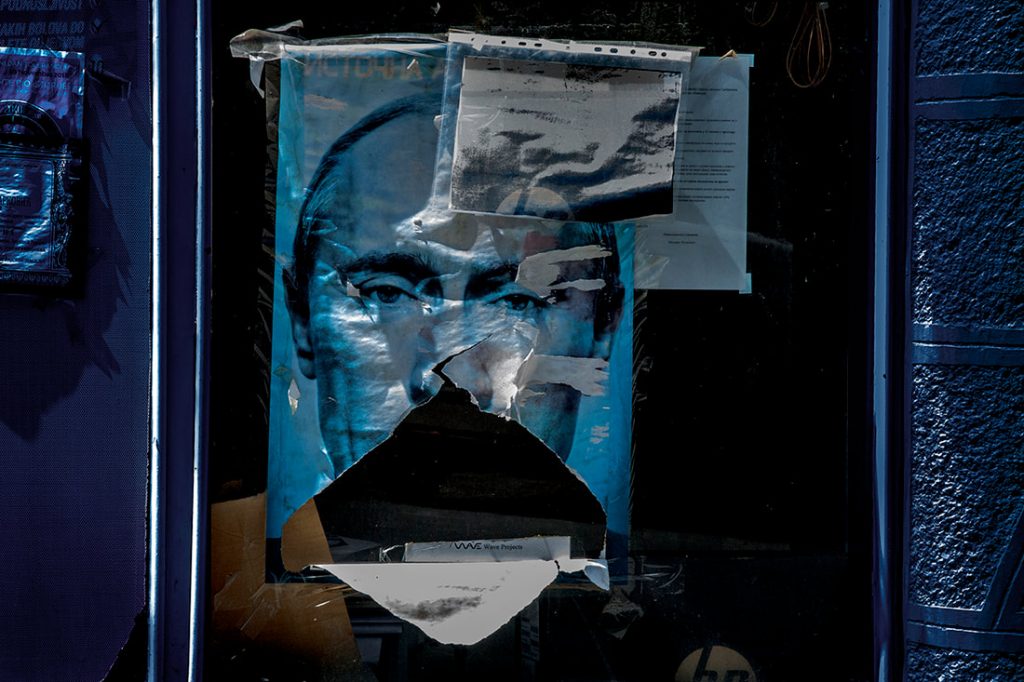
We made mistakes and we had some great successes. There was a fine balance to be explored between structure and freedom, between wanting to develop real artistic skills and allowing for choice, balancing the talents and deep experience of the older artists with the passion of the younger to create their own work. Sometimes it was hard to pin down what we did and at other times it was obvious. People’s work practices didn’t always gel and leaving an open space often allowed those with the loudest voices and desire to control to dominate more easily than for those with different sensibilities.
Some young people grasped everything on offer, others hid and suffered, eventually emerging to reveal something beautiful.
It seemed most thrived in the multi-age, mostly non-hierarchical relationships that developed.
In an environment of trust most flourished, some took advantage, others risked and the weight of responsibility on those who were always there to hold the space for everyone, often way too much.
So many friendships were created that in some cases have lasted for 12 years and will continue. Our great Europe wide network holds itself together through the disasters of the UK separation from the EU and will continue and grow despite twisted political hegemony.
* Someone much wiser than me, and who knows the history and politics of this region deeply, said that in those places were evil has taken place, it lives on in the land and rises up on occasion when a situation or a person or people open to such darkness are receptive to its foul influence. It can poison and manipulate, subvert and devastate both actions and relationships. We have experienced this since in other lands.
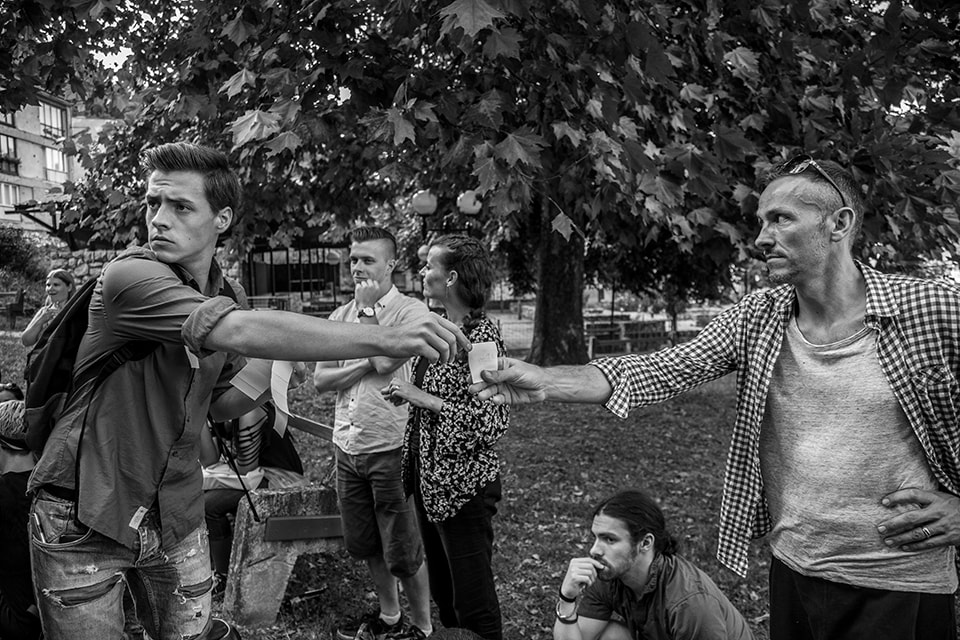
“Yesterday’s 25th anniversary of the Srebrenica Genocide has made many of us remember our times in this beautiful town, the glorious countryside, Guber, the kindness, the food, thank you Bato, Avdo, Omer, everyone who hosted us in their homes, the music, learning, generosity and the hope. You changed many of our lives for the better.
Thoughts are with all the young people and families we have got to know, and in some cases have with them deep and long lasting friendships. People we miss deeply when we don’t have the opportunity to visit.
I read many of the reports yesterday from journalists who probably like everyone else, didn’t even go into the main town of Srebrenica but only as far as Potocari where the Memorial Centre lies. One journalist interviewed the Mayor of Srebrenica and seemed to take his words as truth. He reported that there were 7000 people living there (probably now only around 500, no one wants to live there anymore), and as usual spoke nothing of the corruption, the disappearance of millions of Euros on mismanaged projects and theft and the Municipality that looks after itself and its families, no matter the ethnicity of the officers – except for one, a dear friend who is forever helping as many people as he can throughout the region.
If you are lucky enough to get a job in the area (Srebrenica, Bratunac etc.,) you will probably have to join the political party in power to get it.
There are still war criminals sitting in cafe’s smiling at their victims as they pass. There has been some justice but not enough to create meaningful change.
The local people and organisations carry on. There are some amazing local young people who work continuously using music to bring people together, Srebrenica Wave, and also those whose organisations have been there from the beginning like SARA, EMMAUS and the strong links with the Rotary Club in Vienna and the Rock School in Mostar, amongst many.
Many of the wonderful young people we worked with starting in 2008 we still know and keep in touch with. The majority have left Srebrenica with aching hearts. They would like to have been able to stay but there was nothing to build new lives with, nothing honest anyway.”
There is a conversation at the moment about the possibility of having a residency in Bratunac/Srebrenica in 2021.
This will be led by another organisation, possibly Italian.
They will need a lot of voluntary help to support the young people to manage this.
More news on this soon.
There are many blogs, poems, photographs, films about TCFT residencies in Bosnia and Serbia.
You can find them here by going back to the blog archive.
Here is the short documentary that Robert Golden made during the residency in 2015.
Ellie Ruby, poet and writer, wrote this piece after taking part in the Srebrenica residency.
Sandra Duric wrote about her experience and vision.
ERASMUS – THE END – for the moment!
There is only one more deadline, that of 1st October, where we in the UK can apply for Erasmus + grant funding due to the tragedy of this country leaving the EU.
Rory Newbery and I have written two more Erasmus applications, one has been successful for two residencies in Pristina, Kosovo and on Portland, Dorset, UK. One we hope to hear about in August 2020 which is a large nearly 2 year Erasmus KA2 project, more news on this if we are successful. We may apply once more in October.
There is hope in that young people who grew up as part of the TCFT network are now in positions where they can invite Opera Circus to participate as an organisation in a partner country. We can’t lead or apply anymore as a lead organiser, but we can continue to help and support work with young people through the arts. Francesco Pipparelli has already invited Opera Circus into two new Erasmus projects with a new youth organisation dealing with Health and Well Being.
Maybe the next generation will also lead the bid for the UK to re-join the EU in the future.
There are so many people to thank but I imagine we have all participated for the same basic reason, to be useful, curiosity, passion for the arts, wanting to see change and a love of life.
Tina Ellen Lee
Artistic Director
Opera Circus
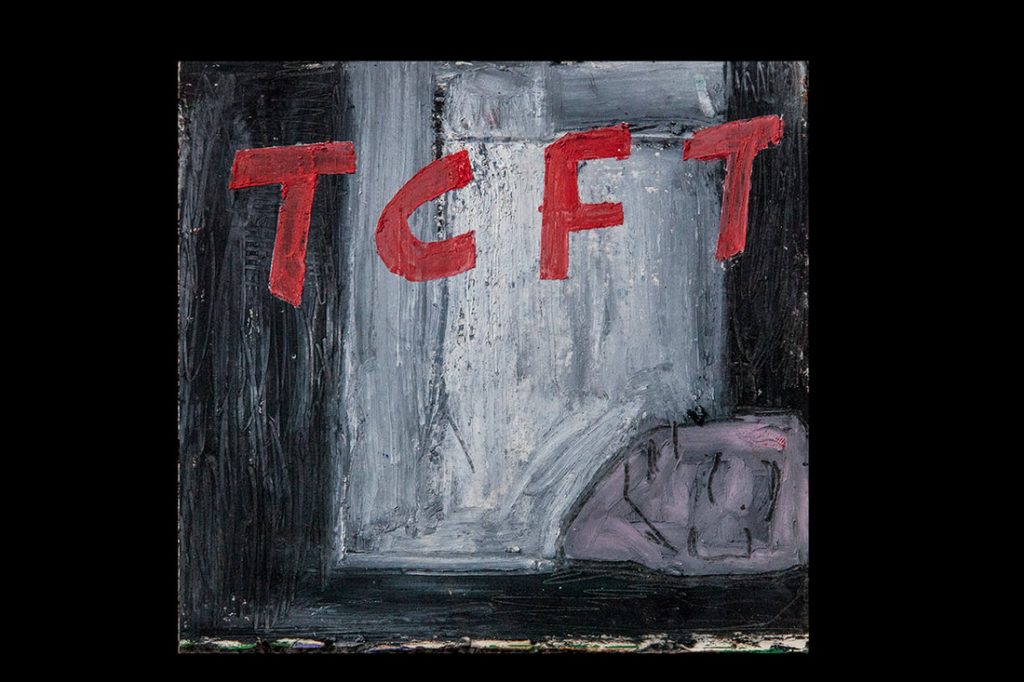
- During the subsequent civil war that lasted from 1992 to 1995, an estimated 100,000 people were killed, 80 percent of whom were Bosniaks. In July 1995, Bosnian Serb forces killed as many as 8,000 Bosniak men and boys from the town of Srebrenica. It was the largest massacre (genocide) in Europe since the Holocaust. https://www.ushmm.org/genocide-prevention/countries/bosnia-herzegovina/case-study/background/1992-1995
